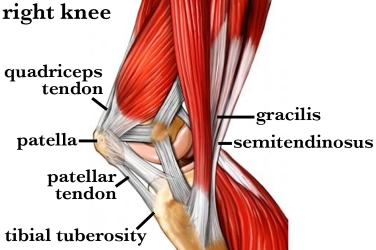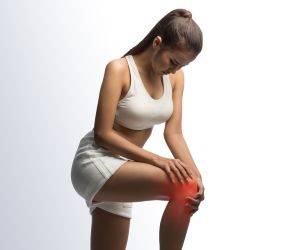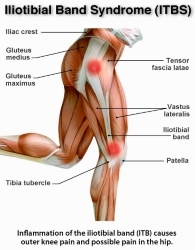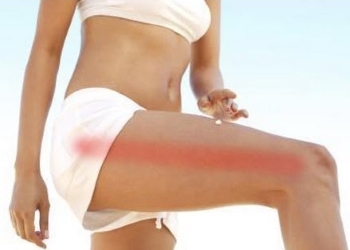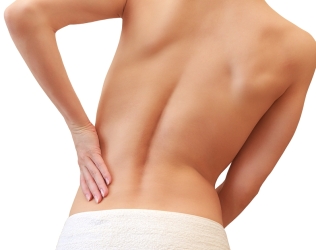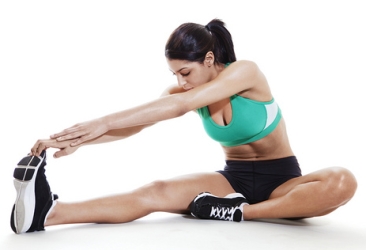Table Of Contents
What Are Shin Splints
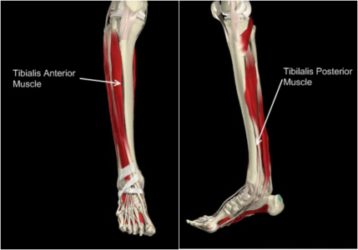
Shin splints is a general term which usually means pain below your knee and above your ankle. If it is felt on the outside of your leg it is known as anterior shin splints. If it is the inside of your leg it is medial shin splints. Unlike a stress fracture, which is painful only at the site of the injury, shin splints are more of a dull ache which runs along the majority of your lower leg. Also it tends to feel worse the day after exercise due to inflammation. A stress fracture would feel slightly better due to being rested.
Causes Of Shin Splints
There are several potential causes of shin splints. One of the most common is an imbalance of tight and weak muscles at the front of your leg and stronger (often tight) calf muscles at the back. Beginners often develop this as they are working too hard too quickly and not allowing their body to adapt. But a seasoned runner who suddenly increases their training or includes inclines and harder surfaces can also suffer. A lack of stretching to lower leg muscles is also likely to contribute to developing shin splints.
Your running action can be a factor too(1). Tight muscles and imbalances in your body can put greater stress on one side than the other. Also a weak core and inadequate footwear, such as badly designed or worn out trainers, can contribute.
How To Get Rid Of Shin Splints
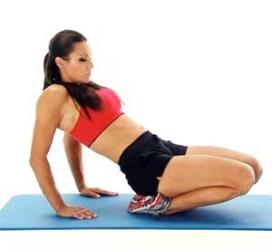
The best thing to do to treat shin splints is stop running. Or at least reduce training to a level where pain or throbbing is not felt. Instead try cycling, rowing, swimming or using a elliptical as an alternative for a while. Stretching your calf and anterior tibialis (shin) muscles is also an important part of helping things to heal. A lack of flexibility probably contributed to the problem and stretching will help to prevent it returning. And don’t forget to invest in some decent footwear that will lessen the impact, especially if running on hard surfaces.
How Massage Can Help
Given that muscle imbalances are likely to have some part to play in most occurrences of shin splints, finding out which areas are to blame is essential to treating them. Initially this can be done with a massage therapist doing a postural analysis. This will identify which muscles are tight and which are contributing to issues with your running action. These can then be massaged to relax and lengthen them. Calf muscles will almost certainly benefit from massage as will the often neglected tibialis muscles of the shin.
Shin splints can start as a minor discomfort but if left untreated can develop in a debilitating long-term injury. Massage can help to speed up recovery and treat the underlying causes to prevent it returning in the future.
Book A Mobile Massage
If you would like to book a mobile massage in York please contact me on 07713 250352 or email david@massageinyork.co.uk. Includes sports massage, deep tissue massage and Swedish massage. For more information on booking click here

